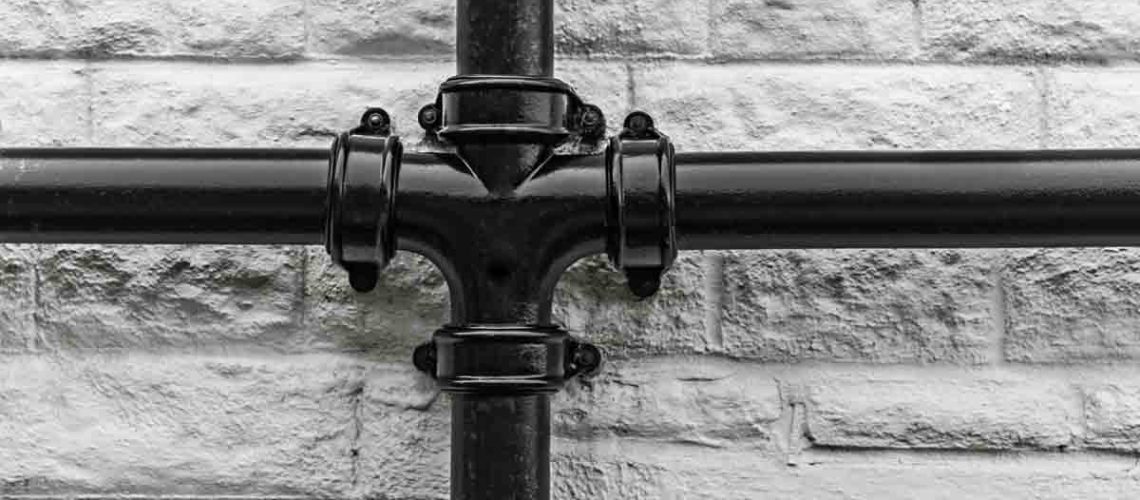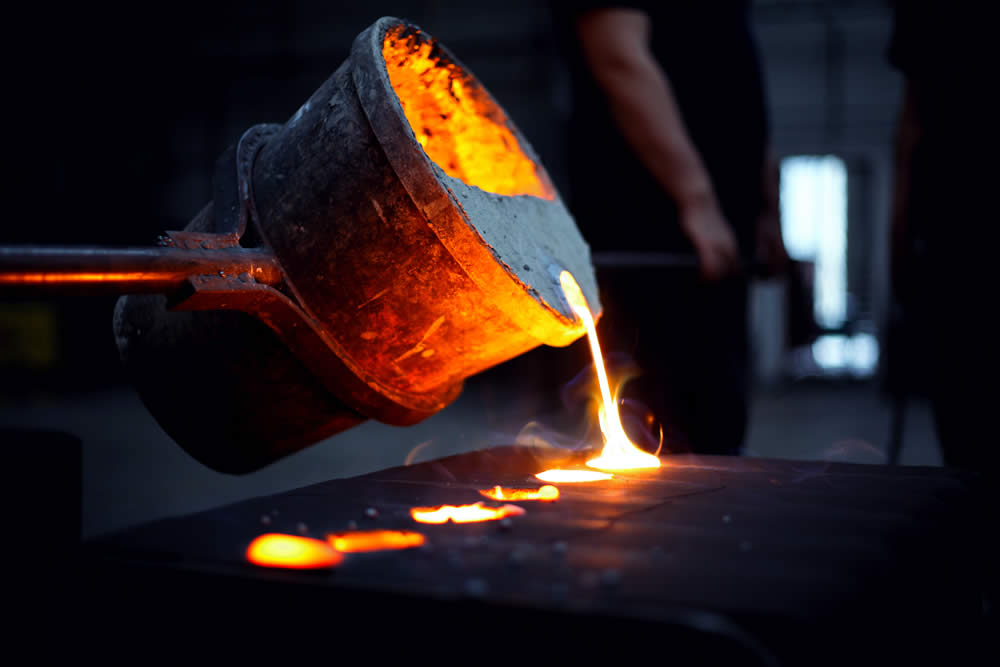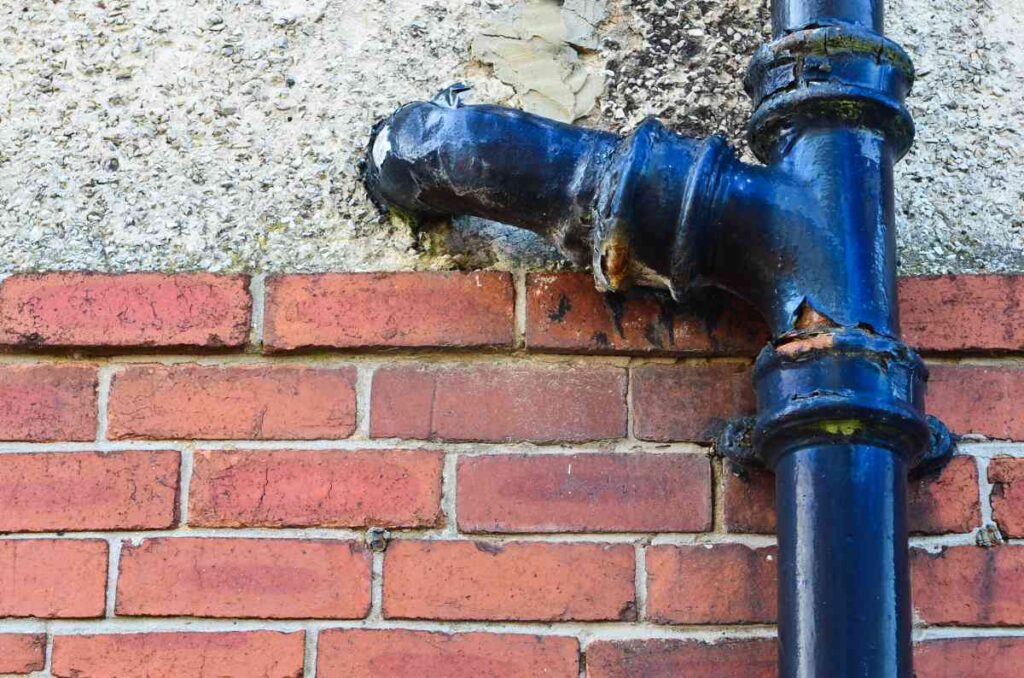


Cast iron LCC soil pipe systems have been foundational in urban infrastructure for centuries and are known for their durability and reliability. This article explores their historical significance, construction, and ongoing relevance in modern plumbing. We delve into why these systems continue to be valued for their robust performance and how they stand the test of time in our cities’ substructures.
Exploring the origins and enduring qualities of LCC soil pipe systems in urban infrastructure.
The historical significance of cast iron LCC soil pipe systems stretches back to the Victorian era, marking a pivotal advancement in urban infrastructure. Introduced initially to improve sanitary conditions, these systems rapidly became a staple in cities worldwide due to their exceptional durability and longevity. Cast iron’s resilience against corrosion and ability to withstand high pressures made it ideal for the complexities of urban plumbing. Even today, many of these original systems remain functional, a testament to their enduring design and the foresight of early urban planners. This long-standing reliability underscores their historical importance and highlights their ongoing relevance in contemporary city landscapes.
A deep dive into cast iron soil pipes’ materials, construction methods, and unique characteristics.
Cast iron soil pipes, celebrated for their robustness and longevity, are manufactured primarily through a process known as spin casting or sand casting. This method involves pouring molten iron into sand moulds shaped to the specific dimensions and contours required for soil pipes. The iron used is a high-grade, durable alloy, typically composed of iron, carbon, silicon, and manganese, which enhances its strength and corrosion resistance.
The composition and meticulous casting process ensure the pipes have a dense and even structure, which is crucial for withstanding the mechanical stresses and chemical corrosion encountered in underground environments. Additionally, these pipes are often coated with a layer of bitumen or epoxy to resist moisture further and reduce the risk of rust. Their thick walls contribute to noise reduction, an advantageous property that minimises sound transmission from fluid flow within the pipes.

This combination of traditional craftsmanship and modern materials science ensures that cast iron soil pipes remain a reliable choice for municipal and industrial wastewater systems.
Analysing the advantages of cast iron for soil pipe applications, from durability to environmental sustainability.
Cast iron stands out in modern plumbing applications for several compelling reasons, particularly soil pipe use. Its primary advantage is exceptional durability; cast iron pipes are known for lasting upwards of a century with little to no maintenance. This longevity reduces the need for frequent replacements, thereby minimising environmental impact and enabling sustainable infrastructure development. Cast iron is inherently resistant to the abrasion caused by the passage of waste, reducing the likelihood of leaks and failures.
Moreover, cast iron soil pipes offer superior sound-dampening properties than other materials, such as PVC, making them ideal for use in densely populated areas where noise pollution is a concern. Another significant benefit is that cast iron is 100% recyclable. At the end of their service life, these pipes can be melted down and remade into new products, which aligns with the principles of circular economy and environmental stewardship. This reuse capacity cements cast iron’s role in eco-friendly building practices, demonstrating its relevance in modern, sustainable plumbing solutions.
Addressing typical issues such as corrosion, blockages, and maintenance techniques for ageing LCC cast iron systems.
Despite the durability of cast iron LCC soil pipes, they are not without their challenges, particularly as they age. Corrosion is a primary concern; however, it typically manifests as a slow process and can be mitigated with regular inspections and maintenance. Protective coatings such as bituminous paint or epoxy can be applied to combat corrosion, effectively sealing the iron from moisture and chemicals that may accelerate degradation.

Blockages are another common issue, often caused by the buildup of waste or foreign objects within the pipes. Regular cleaning and flushing of the system help maintain clear passages and prevent clogs. In blockages, mechanical methods like power rodding or hydro-jetting effectively restore flow.
Joint integrity is also crucial as cast iron soil pipe systems age. Ensuring that joints are properly sealed and regularly checked can prevent leaks and structural failures.
Adopting a proactive maintenance schedule dramatically enhances the longevity and performance of these historic yet vital components of urban infrastructure.
Best practices for installing and retrofitting cast iron LCC soil pipes in new and existing structures.
Installing and retrofitting cast iron LCC soil pipes in new and existing structures require careful consideration to ensure longevity and functionality. Here are some best practices to follow:
Proper Handling and Storage: Before installation, ensure that cast iron pipes are stored off the ground and supported throughout their length to avoid bending or cracking.
Use of Appropriate Tools: Employ suitable lifting equipment to handle and position the heavy cast iron pipes. Avoid using tools that might damage the pipe surface, such as chains without protective padding.
Jointing Techniques: Caulk jointing for LCC soil pipes involves sealing the joints with a durable caulking compound, typically made of oakum and molten lead, to ensure a watertight connection.
Ensure that bolts are evenly tightened across the flange for flanged joints to maintain a uniform pressure distribution.
Alignment and Grading: Carefully align the pipes to maintain a consistent gradient that ensures proper flow and minimises risks of blockages.
Avoid sharp bends in pipework to reduce the risk of clogs and wear.
Corrosion Protection: Apply a layer of corrosion-resistant coating, such as bitumen or epoxy, especially in environments prone to aggressive chemical exposure or high moisture.
Inspection and Testing: Conduct thorough inspections during and after installation to check for any signs of misalignment or damage.
Pressure and leakage tests are performed to ensure the integrity of the installation before full operational use.
Integration with Existing Systems: When retrofitting, carefully plan the integration points with existing plumbing to ensure compatibility and functionality.
Consider the age and material of the existing pipes and use transition fittings where necessary to accommodate different materials or sizes.
Following these guidelines will help achieve a durable and reliable installation, ensuring the cast iron soil pipe system functions effectively within the building’s infrastructure.
Strategies for conserving and restoring historical cast iron plumbing systems to retain architectural integrity.
Conserving and restoring historical cast iron plumbing systems is crucial for preserving architectural integrity and maintaining the functional heritage of older buildings. Here are key strategies for effective conservation:
Detailed Assessment: Conduct thorough inspections to identify the extent of damage or deterioration, focusing on corrosion, cracks, and joint failures. Non-invasive techniques like endoscopy or ultrasonic testing can assess pipe condition without damaging the structure.
Cleaning and Coating: Remove rust and debris from the pipes through mechanical cleaning or chemical treatments. After cleaning, apply specialised coatings that protect against further corrosion without compromising the historical appearance.
Repair and Replacement: Use techniques like cured-in-place pipe lining for minimal impact repairs that maintain the original pipe structure. Replace severely damaged sections with matching materials and traditional methods to preserve aesthetic continuity.
Regular Maintenance: Establish a routine maintenance schedule that includes regular inspections and immediate repairs of minor damages to prevent significant issues.
Documentation and Records: Keep detailed records of all interventions and maintenance activities to help in future conservation efforts.
Adhering to these strategies can extend the life of historic cast iron plumbing systems while respecting and preserving the building’s historical value.
The Role of Traditional Cast Iron Soil Pipes
Traditional cast iron soil pipes have been foundational in plumbing due to their durability and sound-dampening properties. However, as the future of plumbing evolves, the role of these pipes is poised to be influenced by advancements in materials technology. Innovations may focus on enhancing cast iron’s corrosion resistance and longevity or replacing it with newer, more efficient materials such as advanced polymers or composite materials. These materials could offer improved performance, easier installation, and reduced environmental impact. Additionally, innovative technology integration could enable real-time monitoring of pipe conditions, predicting failures before they occur. Thus, while traditional cast iron may remain in use, its role could shift towards a blend of the old and the new, maintaining its reliability while embracing innovation.

Tuscan Foundry has been a prominent supplier of traditional cast iron LCC soil pipe systems since its establishment in 1893. Specialising in products for period, listed, and historic properties, Tuscan Foundry Products combines historical craftsmanship with modern functionality. Our cast iron products are renowned for their durability and aesthetic appeal, making them ideal for restoration and construction projects that require historical accuracy and architectural integrity. Tuscan Foundry proudly serves both the UK and international markets, ensuring that builders and restorers worldwide have access to high-quality, traditional materials that stand the test of time.